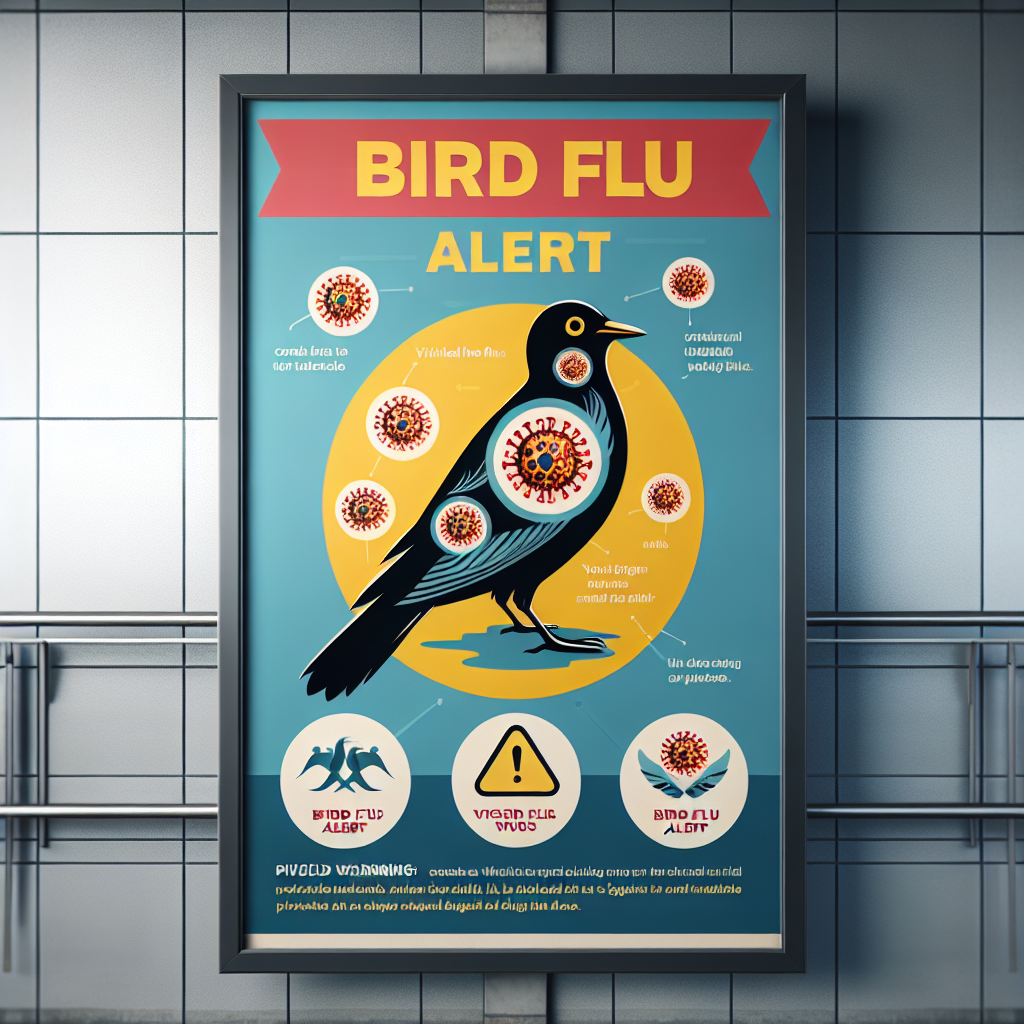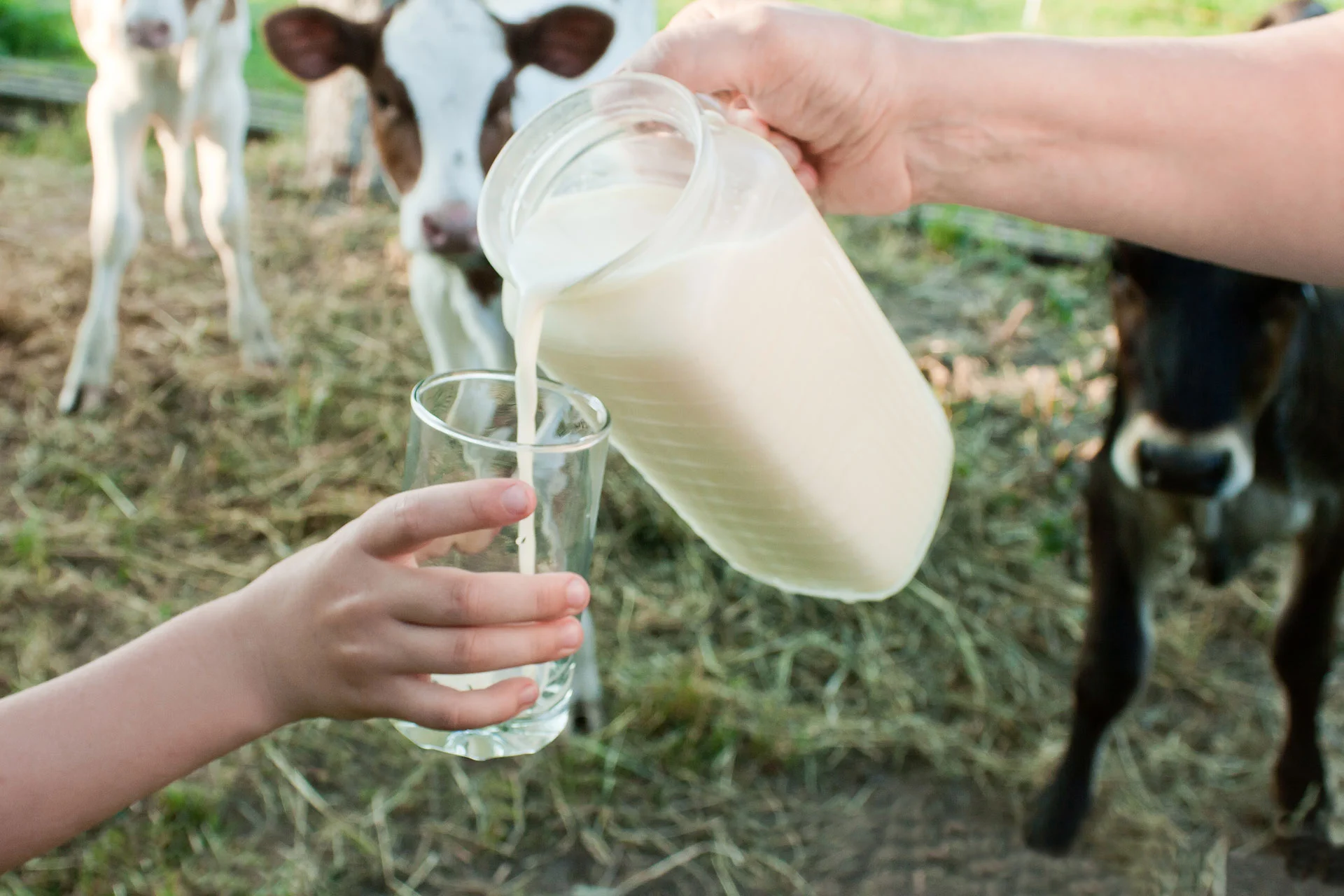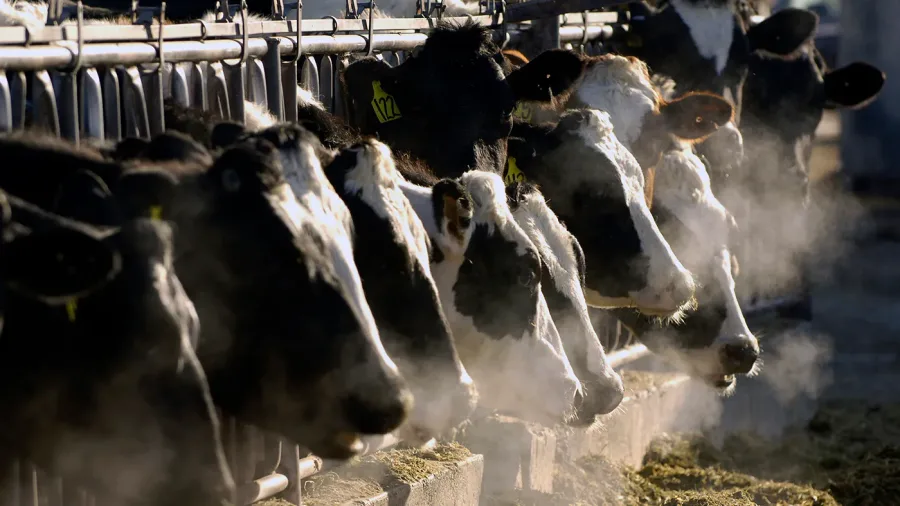Bird flu hits Michigan dairy herds! Learn how to protect your livestock and livelihood. Discover key steps every farmer must take. Read on for more.
Summary: Recently, bird flu has struck another Michigan dairy herd, heightening statewide worries. This outbreak was identified through rigorous testing and emphasizes the critical need for robust biosecurity measures. Symptoms in affected cows include respiratory issues, reduced milk production, and lethargy. To shield your dairy farm, limit herd access, allow only essential staff, disinfect before and after animal interaction, monitor for illness, work closely with a veterinarian, plan for vaccines and treatments, and prioritize early detection. Authorities urge farmers to implement stringent protocols to protect their herds and prevent further spread.
- Recent outbreak of bird flu in another Michigan dairy herd has raised alarm statewide.
- Symptoms in affected cows include respiratory issues, reduced milk production, and lethargy.
- Strict biosecurity measures are essential to protect dairy farms from further spread.
- Key protective steps: limit herd access, permit only essential staff, and disinfect thoroughly.
- Regular health monitoring and cooperation with veterinarians are crucial for early detection and treatment.
- Authorities emphasize the urgency of implementing stringent protocols to safeguard dairy herds.

Imagine the devastating realization that your livelihood is under immediate threat. With each new case of avian flu discovered in our dairy herds, Michigan’s dairy farmers face a dire situation. This is not just a wake-up call but a stark warning for all of us in the dairy industry. The looming threat over our industry is causing farmers to question their herds’ safety and their businesses’ profitability, creating an unprecedented sense of urgency. The potential economic losses and the well-being of our livestock are now our primary concerns. Another bird flu pandemic could have severe consequences, including significant financial losses and substantial harm to the dairy sector. This escalating crisis demands swift action and our undivided attention.
| Dairy Herd | Location | Number of Infected Cows | Total Number of Cows | Economic Loss (Estimated) |
|---|---|---|---|---|
| Herd A | Gratiot County | 15 | 200 | $150,000 |
| Herd B | Van Buren County | 20 | 250 | $200,000 |
| Herd C | Allegan County | 12 | 180 | $120,000 |
| Herd D | Kent County | 10 | 210 | $100,000 |
| Herd E | Barry County | 18 | 230 | $180,000 |
Bird Flu Strikes Again: Michigan Dairy Herds Under Siege!
The avian flu has once again affected another dairy herd in Michigan. The troubling revelation occurred in early August 2024. The Kalamazoo County dairy herd under inquiry was determined to be infected with the virus, which created widespread concern in the local agricultural community.
Farmers are particularly concerned about this pandemic because of the potential for rapid viral propagation, the effect on their animals’ health, and the financial ramifications. Standard testing techniques developed by state agricultural agencies aid in identifying this virus, ensuring the early detection of any irregularities in herd health.
The Storm Looms: Avian Flu’s Grip Tightens on Michigan’s Dairy Farms
The outbreak causes significant harm to the dairy industry. Based on preliminary data, MDARD reports that several dozen cows display symptoms such as respiratory problems, decreased milk supply, and lethargy. Veterinarians are making significant efforts to limit the spread and cure ill animals.
“We want to remove the affected animals and submit them to extensive testing. We also utilize antiviral medications as a prophylactic measure. One was a veterinarian who specialized in infectious diseases. Health officials have tightened biosecurity regulations, restricting animal movement and raising sanitary requirements.
The CDC emphasizes, “Preventing spread to other farms is critical. We have successfully contained the situation and are closely monitoring it. Farmers are urged to be vigilant and report any unusual symptoms immediately. By working together, we can reduce the impact of the pandemic and protect our herds.” This message underscores each farmer’s power and responsibility in preventing the spread of avian flu. Early detection and reporting are recommended and crucial in our collective efforts to combat this crisis.
The Hidden Costs of Bird Flu: Why Dairy Farmers Must Stay Vigilant!
The impact of avian flu on dairy farmers is not just significant; it’s potentially devastating. The virus not only harms our cattle, our primary source of revenue but also leads to enormous economic consequences, from animal loss to decreased productivity and increased biosecurity costs. A single outbreak could result in the slaughter of entire herds, causing a drastic financial hit. This ripple effect could disrupt local businesses and supply networks, ultimately affecting consumer milk costs. The burden of preventive interventions and testing is an additional strain. The financial implications of this crisis are grave, underscoring the urgent need for action.
To avoid infection, dairy farmers must adhere to strict biosecurity protocols, including limiting access to calves, wearing protective clothes, cleaning instruments, and changing feeding and watering practices. Regular health exams and prompt action at the first sign of sickness are critical.
Fortunately, state farm departments and federal entities such as the USDA offer regulations, financial aid, and disaster response teams. Programs such as the Livestock Indemnity Program (LIP) assist harmed farmers by compensating for disease-related animal losses, reducing their financial burden.
Maintaining knowledge and initiative is critical in these challenging times. Firm health policy and effective resource allocation may assist in differentiating between managing an epidemic and coping with catastrophic losses.
Shield Your Dairy Farm from Bird Flu: Essential Biosecurity Protocols You Can’t Afford to Ignore!
Take great precautions to safeguard your farm against bird flu. First, limit access to your herd, allowing only essential staff members inside your dairy premises. Before and after animal engagement, all visitors and personnel should wash their hands and disinfect their shoes. Create zones designed expressly to prevent cross-contamination.
Monitoring is crucial for maintaining the health of the herd. Look for signs of sickness, such as odd behavior, respiratory problems, or dramatic drops in milk flow. To detect early viral signs, collect and assess samples regularly. Make a reliable diagnostic to get valuable insights about the health of your herd.
Work with a trained veterinarian who understands dairy production. Plan your vaccines and treatments based on regular health assessments. Your veterinarian may advise you on specific biosecurity strategies to prevent avian influenza.
Early detection is crucial. If you feel there is an outbreak, contact animal health experts immediately. To prevent infection, segregate affected animals and thoroughly clean their surroundings.
Your best defenses are attention and preparation. Combining these methods may help your dairy operation avoid the negative consequences of avian flu.
Bird Flu: An Unseen Threat Escalating in Michigan Dairy Farms!
Bird flu, often known as avian influenza, is a highly contagious virus that primarily affects birds but may also infect animals and humans. It spreads by contact with contaminated surfaces or ill birds. In birds, symptoms might vary from respiratory problems to reduced egg production to untimely death. Avian influenza has the potential to create significant financial losses for farmers.
Over the years, Michigan has had many bird flu outbreaks, most of which have significantly impacted dairy farms. Only 27 dairy farms have been affected this year. Scientists seek to understand better how the virus mutates and spreads. The CDC and other public health agencies are developing improved testing and biosecurity procedures to combat the virus.
Farmers are constantly being educated about the need for strict biosecurity measures to prevent further outbreaks.
The Bottom Line
Finally, the troubling resurgence of avian flu in Michigan’s dairy farms serves as a wake-up call for farmers to be vigilant and prioritize biosecurity. Strong health regulations and continuous updates on the most current public health guidelines are critical as this aggressive virus spreads. The stakes are high for both the broader agricultural sector and your animals. Be informed and act quickly to safeguard your herd from this unseen menace. Your following choices might decide the fate of your farm. Act now to ensure you are not the next victim in this expanding crisis.














